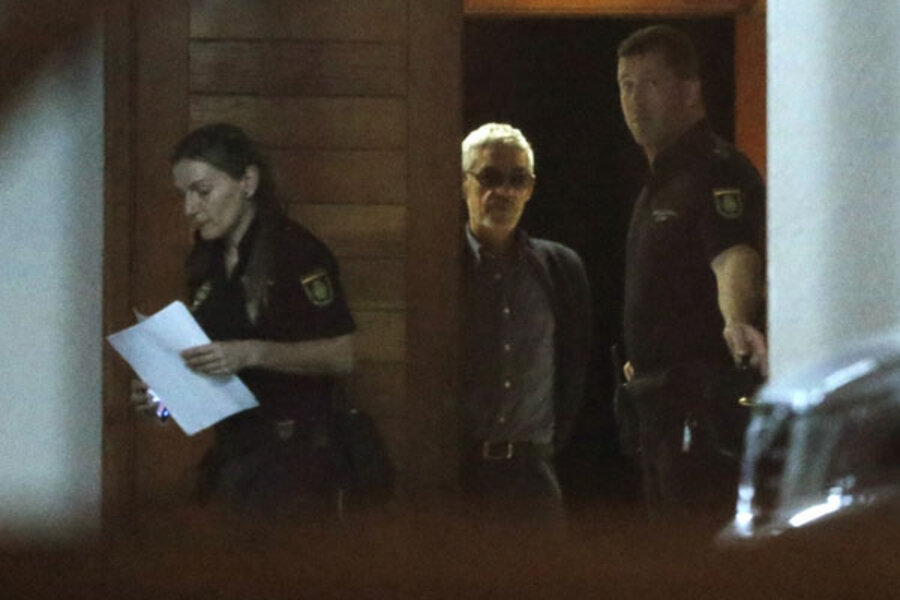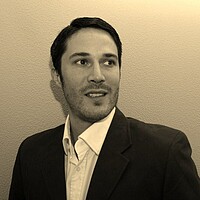Francisco Garzon, Spanish train driver, charged but questions remain
Loading...
| Madrid
The driver of a Spanish passenger train was charged with involuntary homicide after confirming to a judge that last week's derailment – which killed 79 people and injured dozens more – was the result of a lapse in attention.
Francisco José Garzón, 52, reportedly admitted he was speeding at 190 kilometers (120 miles) per hour in an 80 kilometers (50 miles) per hour zone when the train entered a sharp curve just minutes from the Santiago de Compostela station in the northwestern region of Galicia.
Mr. Garzón, a veteran driver with an unblemished record, was released after being charged with 79 counts of homicide and numerous injuries, “all of them committed because of professional recklessness,” a statement said. Police jailed him ahead of his court appearance for one night after being released from the hospital.
The court confiscated his passport, ordered him to appear weekly, and prohibited him from driving trains. Also injured in the accident, with nine stitches in his head, Garzón testified for two hours in a closed-door hearing.
Spanish media quoting judicial sources said he didn’t blame the tracks, train, or any other cause for “a lapse in attention.” He tried to brake, he reportedly told the judge, but it was too late.
The court is also reviewing his mobile phone records, including calls, text messaging, and social networking to determine whether his distraction was related to his communications. The content of the train’s equivalent to a black box will be reviewed on Tuesday to investigate other potential security lapses that might have contributed to the crash, including the absence of an automatic emergency system and other technical issues.
Garzón hasn’t spoken publicly since Wednesday evening, when the derailment of the high-speed train, carrying more than 220 passengers, shocked Spain.
Spain’s Prince Felipe and his wife Princess Letizia will lead an official funeral ceremony Monday evening in Santiago’s medieval cathedral. The country’s main leaders will attend, including Prime Minister Mariano Rajoy, top ministers, political leaders from throughout Spain, high ranking officials, as well as survivors and relatives of the accident victims.
It was the beginning of the peak tourist influx in Santiago and Galicia and the eve of the Apostle Santiago Day – or the Feast of St. James – and National Galicia Day, when the train derailed, causing the worst rail accident in four decades and inducing a national mourning.
The victims were mostly Spaniards, but one American and one Puerto Rican, along with other foreigners, also died.
Security
The eight-car and two-locomotive convoy reached a sharp curve right after a tunnel, only minutes away from Santiago. It rammed into a concrete wall, propelling cars onto the tracks and setting off explosions.
A shocking front view from a security camera shows the speeding train as it exited the curve, and then what appears to be the derailment of the wagon behind the first locomotive, which then simultaneously flipped the locomotive and the rest of the cars behind it.
Officials and state owned rail companies have from the onset suggested the accident is the result of a human error. Many are asking how so many lives can depend solely on the driver and why fail-safe automatic braking mechanisms were not in place, as they are in other high-speed routes.
Officials say that all security protocols were followed and that additional security was not necessary because of the proximity of a major urban center, which requires that drivers slow down trains regardless.
The court will ultimately determine whether only Mr. Garzón was to blame, but at stake is Spain’s profitable and vital high-speed rail industry which depends on its safety record, unblemished until now.








